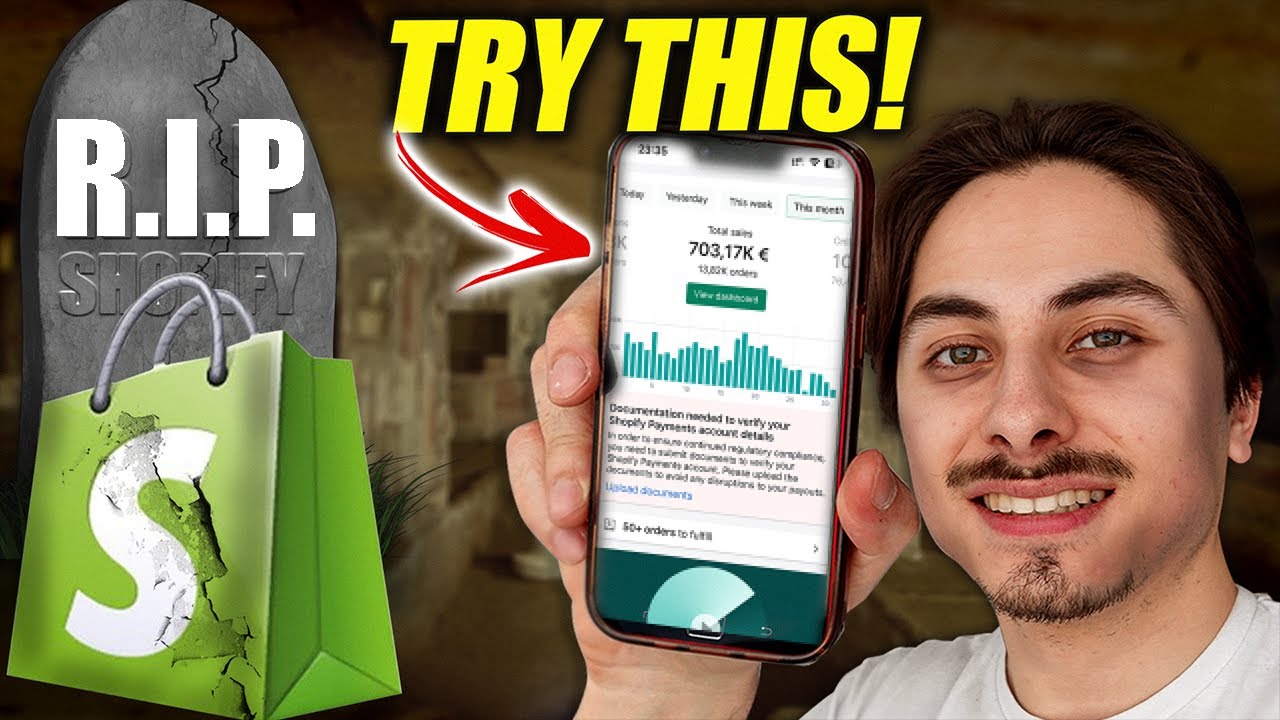
Is Shopify dropshipping dead? This question has been circulating in the e-commerce community for quite some time now. With the rise of competition, changing algorithms, and evolving consumer behavior, many people believe that dropshipping on Shopify is no longer a viable business model. But is that really the case? In this comprehensive guide, we will explore the current state of Shopify dropshipping and provide you with insights on how to succeed in this competitive landscape.
### Understanding the Landscape
Dropshipping is a business model where a store doesn’t keep the products it sells in stock. Instead, when a store sells a product, it purchases the item from a third party and has it shipped directly to the customer. This model has gained popularity due to its low startup costs and minimal risk. Shopify, a leading e-commerce platform, has made it easier than ever for entrepreneurs to set up dropshipping stores and start selling products online.
### The Rise and Fall of Shopify Dropshipping
In the past, Shopify dropshipping was a lucrative business opportunity that attracted thousands of entrepreneurs looking to make a quick buck. However, as the market became saturated with dropshipping stores, competition increased, driving down profit margins. Additionally, changes in advertising platforms like Facebook and Instagram made it harder for dropshippers to reach their target audience cost-effectively.
### Adapting to the Changes
While the landscape of Shopify dropshipping has changed, it doesn’t mean that the business model is dead. In fact, many successful dropshippers have adapted to the changes and continue to thrive in this competitive environment. To succeed in Shopify dropshipping today, you need to be willing to put in the work, stay updated on industry trends, and be creative with your marketing strategies.
### Full Funnelish Guide to Shopify Dropshipping
1. **Product Research**: The key to a successful dropshipping store is finding winning products. Use tools like Google Keyword Planner to identify trending products with high search volume and low competition. Look for products that solve a problem or fulfill a need for your target audience.
2. **Store Setup**: Create a professional-looking Shopify store that instills trust in your customers. Choose a clean and user-friendly design, optimize your product pages for conversions, and ensure smooth navigation throughout the site.
3. **Supplier Selection**: Partner with reliable suppliers who offer quality products, fast shipping, and excellent customer service. Research potential suppliers thoroughly and order samples to test the product quality before adding them to your store.
4. **Marketing Strategies**:


